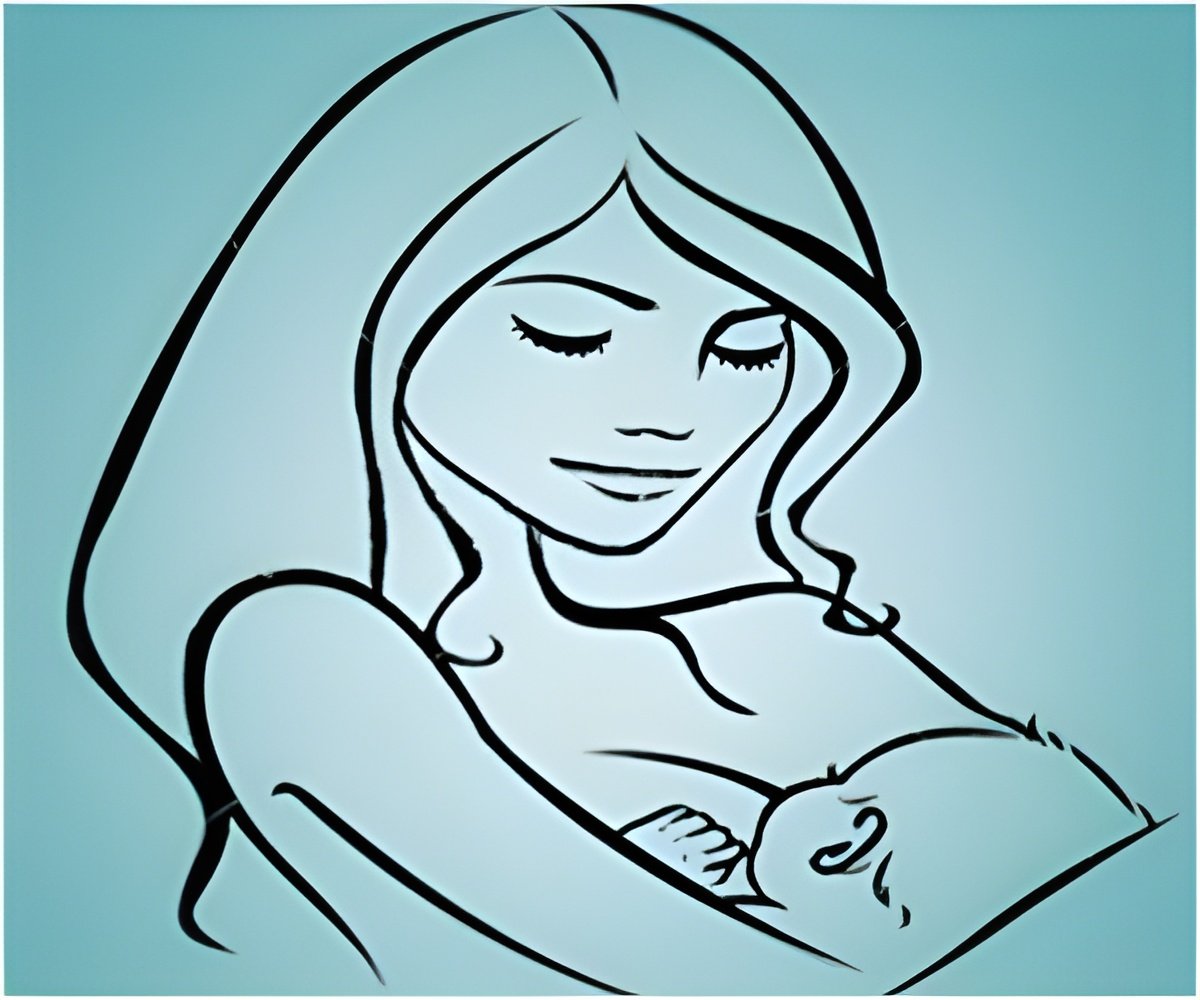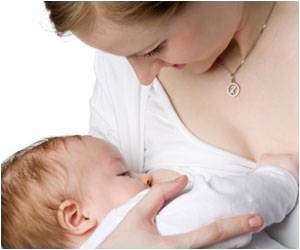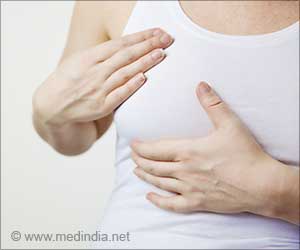Study assesses the how well breast-feeding was supported in post-disaster relief camps.

TOP INSIGHT
As a simple intervention it is important to ask mothers if they are breast-feeding, if they say yes it is advisable to not give them formula.
Exclusive breast-feeding is recognized as the safest form of infant feeding for babies under 6 months old. Breast milk is a complete nutrition source, keeps the baby hydrated and provides natural immune system support, which is crucial to infant health in the often-crowded conditions of post-disaster shelters.
Alternative feeding through formula can be dangerous for babies, and the World Health Organization recommends against mass formula distribution in emergencies. But the team found that emergency responders were handing out formula without assessment or lactation support.
"Uncontrolled, untargeted formula distribution is very unsafe," said Sarah E. DeYoung, an assistant professor of health policy and management in UGA's College of Public Health and lead author on the study. "In the post-disaster setting where you have people living in relocation camps, there's usually not access to clean water or appropriate supplies to clean and sterilize bottles."
Feeding bottles can easily be contaminated with bacteria, leading to serious health consequences and even death for infants.
Exclusive breast-feeding is far less common in the United States-only 19 percent-compared to the global average of 40 percent and 70 percent in Nepal.
"They want to help because babies are so vulnerable," said DeYoung, "but they're just ill-informed."
"The simple, low-tech intervention is asking mothers, are you breast-feeding? If they say yes and it's going well, don't give them formula," she said, and if formula is necessary, the appropriate education and support needs to be in place to ensure the baby's nutrition and safety.
Source-Eurekalert
 MEDINDIA
MEDINDIA




 Email
Email





